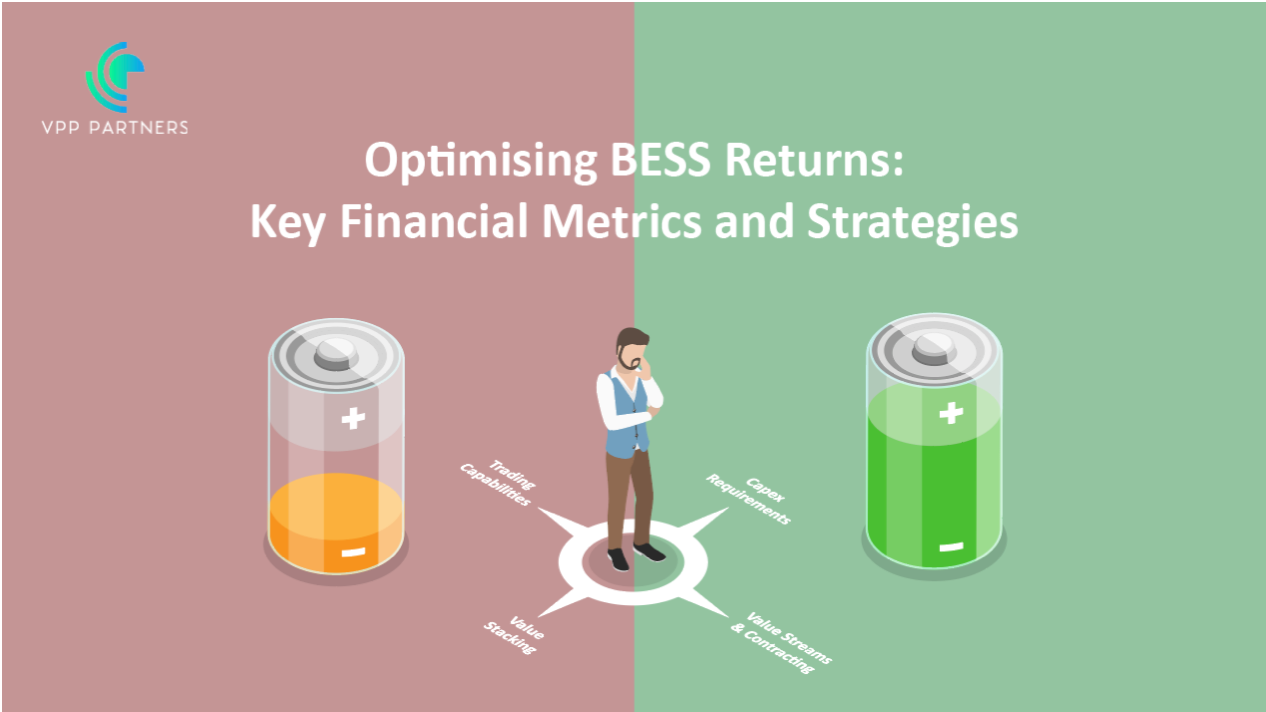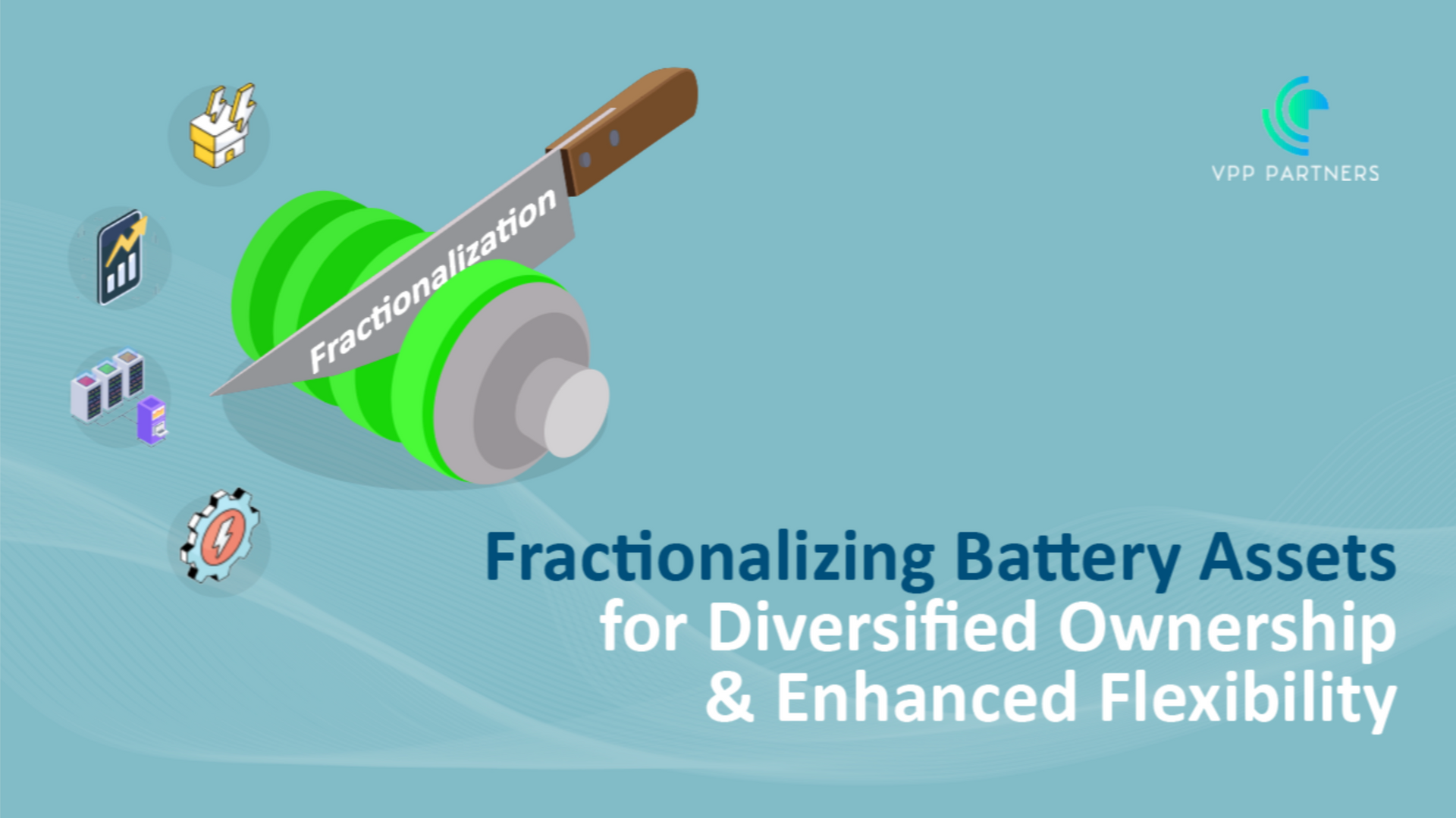Putting Consumers First: Transforming the Australian Energy Sector
In the vast landscape of the Australian energy sector, a seismic shift is occurring, driven by a powerful force - consumer sentiment. As a consulting organization deeply entrenched in the energy sector of Australia, we recognize that consumers' evolving needs and desires are steering the direction and pace of our industry. We firmly believe that it is time for the energy sector to refocus its efforts, placing consumers at the heart of its operations.
The Shifting Paradigm
As the awareness of the environmental, social, and economic implications of energy choices grows among households and businesses, so does the demand for greater value, reliability, and choice from energy providers. Consumers want more than just kilowatt-hours; they want energy solutions that align with their values and offer tangible benefits. As consultants in the Australian energy sector, we understand that it is our duty to navigate these changing tides and work collectively to meet the expectations of consumers.
Unpacking Consumer Sentiment
To comprehend the dynamic landscape of consumer sentiment, we turn to valuable insights from the Energy Consumer Sentiment Survey conducted by Energy Consumers Australia. This survey gauges the satisfaction, confidence, and activity levels of energy consumers across various dimensions, including pricing, reliability, sustainability, and choice.
The latest survey from December 2022 underscores some concerning trends:
- Low Value for Money: Only 39% of households and 36% of small businesses are satisfied with the value for money of their electricity services.
- Lack of Confidence: Merely 50% of households and 54% of small businesses feel confident in making energy choices due to an absence of adequate information.
- Declining Reliability: Satisfaction with the reliability of electricity supply is dwindling, with only 66% of households and 64% of small businesses content with the reliability of their electricity services.
These statistics hint at a trust gap between consumers and energy providers. It suggests that consumers may perceive their energy services as lacking value or choice, leading to a call for improved customer-centric solutions.
The Benefits and Costs of Transition
To accelerate the adoption of clean energy solutions, such as solar panels, batteries, electric vehicles, and smart meters, energy providers must delve into the psyche of consumers. The EY Australia report emphasises that consumer confidence is driven by both rational and emotional factors, including affordability, convenience, environmental consciousness, and social norms.
Recognising barriers such as high upfront costs, perceived complexity, and a lack of trust in renewable technologies is crucial. Equally important is highlighting the advantages, like cost savings, environmental benefits, and societal norms. Energy providers must actively engage and educate consumers on these facets to catalyse the transition to clean energy.
Trust, Transparency, and Fairness
Consumer sentiment research by Essential Research provides further insights, highlighting consumer concerns about the energy market's health. Rising costs are perceived as a symptom of a struggling system. Dissatisfaction arises from the perceived prioritization of profits over customers, a lack of trust, and concerns about the security of renewable energy sources.
To build trust, energy providers must adopt transparency, accountability, and fairness. This means demonstrating the value they offer, complying with regulations, and leading the charge in the clean energy transition.
Empowering Consumers and Fostering Participation
Consumer sentiment is not merely a passive force; consumers can actively shape the energy sector's future. The Australian Energy Regulator's Consumer Challenge Panel, the Australian Renewable Energy Agency's Distributed Energy Integration Program, and initiatives like the Energy Consumers Australia's Grants Program and the Community Power Agency's Community Energy Network are examples of how consumers can be empowered to drive change.
By participating in such endeavours, consumers can not only enjoy improved energy services but also contribute to a better energy future for Australia.
In Summary
In the Australian energy sector, the winds of change are blowing, and consumer sentiment is steering the ship. We, as a consulting organization within this dynamic industry, believe that it is time to reorient our efforts and put consumers at the forefront. Consumer sentiment, as reflected in surveys and research, highlights areas of concern and opportunities for improvement.
To respond effectively, energy providers must bridge the trust gap, offer value for money, educate consumers, and demonstrate their commitment to a clean energy future. By actively involving consumers and fostering participation, we can collectively shape a brighter and more sustainable energy sector for Australia.
We invite you to join the conversation. Share your thoughts, experiences, and actions in the comments below. Let's work together to create a future where consumers truly come first in the Australian energy sector.
Reach out today to hello@VPPPartners.com
References:
- Energy Consumers Australia. (2022). Energy Consumer Sentiment Survey December 2022.
- EY Australia. (2023). Consumer confidence: Accelerating Australia’s clean energy transition. Retrieved from [here].
- Essential Research. (2021). Australian Energy Market Consumer Research.
- BCG. (2020). The Australian Consumer and the Future of Energy
Share on...



